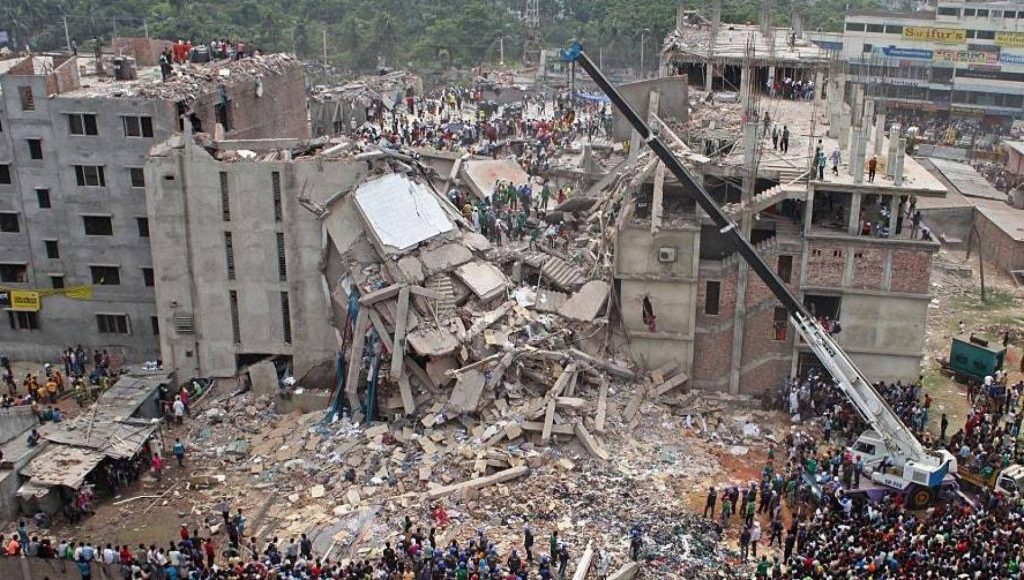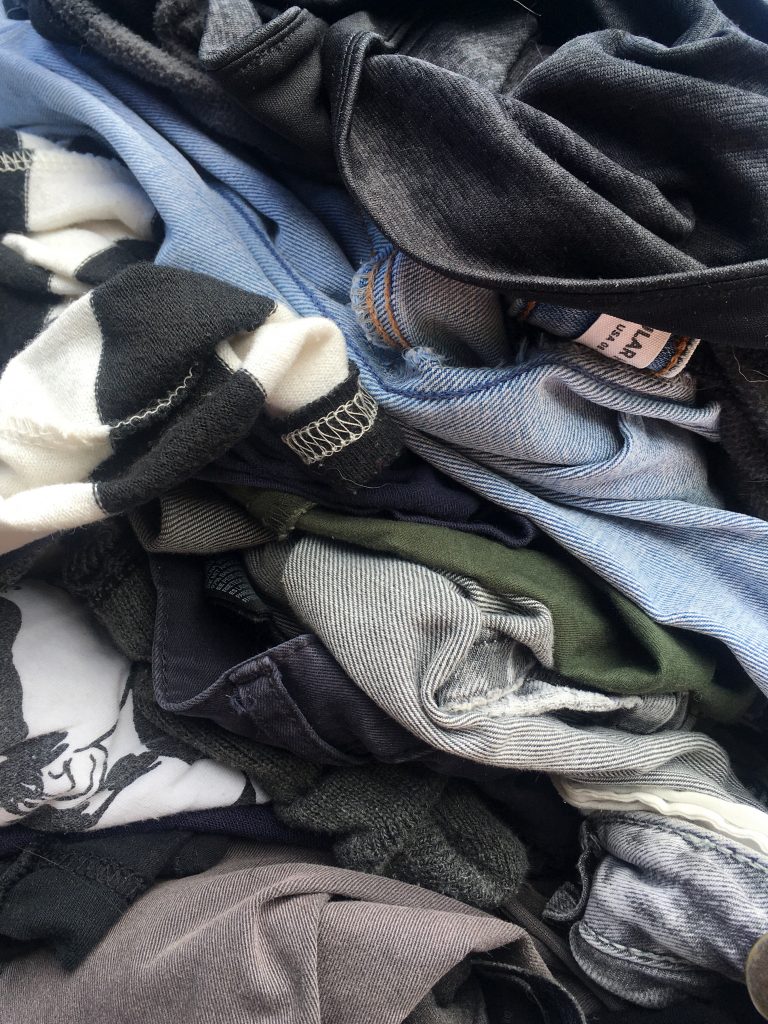In the USA alone, 11.3 million tons of textile materials were disposed in the landfill in 2018. This number was almost half (6.28 million tons) in 2000, and it was only 2.32 million tons in 1980. The comparison is impressive, and it describes a global tendency of growth in the consumption related to the fashion industry.
Fast fashion, which represents the new standard in the mass fashion industry, is often addressed as the responsible of this increased waste generation. Fast fashion is based on the translation of a trend into industrial production in a very short time span. The result is a democratisation of fashion, where companies can create designs inspired by catwalks and rapidly make them affordable and accessible to consumers. The disposal of clothes is only one of the issues of the overproduction of this industry. Cotton, one of the most widely used materials, requires an estimated amount of 7,500–10,000 litres of water per kilogram, and one kilogram of cotton is sufficient to produce one single pair of jeans. Furthermore, fabric dyeing and treatment is responsible for approximately 20% of world’s wastewater, which can create serious ecological and health hazards.
The cons of this business model unfortunately go beyond the environmental sphere: fast fashion is not socially sustainable. Providing new and inexpensive clothes requires an efficient supply chain strategy and a reduction in production costs, and this is achieved by firms through delocalisation. As a consequence, the economic and safety conditions of workers along the supply chain are often (voluntarily or accidentally?) ignored by companies. Sometimes this can lead to tragic outcomes, such as the Rana Plaza disaster. Rana Plaza was a building with multiple garment factories located in Dhaka, Bangladesh, and it supplied major fashion companies like Benetton, Mango and Primark. Workers were forced to go to work despite the fact that the building presented cracks in the walls and was known to be unsafe. On April 24, 2013, the building collapsed due to structural issues: 1.134 people were killed and over 2.500 were injured. Most of them were women and children.

Even when workers don’t face life-threatening situations, basic human rights are often neglected. Women working in the garment industry in Bangladesh have reported stories of bladder infections due to lack of bathroom breaks and managers forcing them to take the contraceptive pill, as well as sexual harassment. People are forced to endure these exploits in order to earn a living, but economic conditions are also dramatic: in 2018, the minimum wage in Bangladesh was 32 cents an hour, roughly 68 dollars a month. If we think that in 2016 the main exporting countries of textiles and clothing were China, Bangladesh, Vietnam and India, all low-income countries, we can imagine how many workers are victims of the fashion industry.
On the one hand, it is essential to ask for fairer and stricter legislation in the sector, so that companies guarantee the rights of workers in the supply chain and respect for the environment. On the other hand, however, raising awareness among consumers about the abuse of fast fashion firms is equally crucial because our purchasing choices directly support this system. More social and environmentally sustainable alternatives exist, but sometimes they are not as well known or easy to find. These are some tips that consumers can follow to avoid fuelling the fast fashion industry.
1) Use the internet to collect information about the products. Good On You, for example, is a very useful website that evaluates fashion brands based on criteria relating to the firm’s impact on the planet, workers and animals. It can also help spot greenwashing and misleading advertising.
2) Another alternative for more conscious shopping is thrift and vintage stores, which allow customers to renovate their wardrobe at an affordable price without supporting overproduction. Today this option has become even easier to apply as numerous apps, such as Vinted or Depop, allow private users to directly sell their clothes on the platform and buy from others.
3) Rent clothes. Rent the Runway is probably the best known and most successful example of this business model. Through the payment of a fee, users can, once or periodically trough a customizable subscription plan, receive the clothes they have chosen from the catalogue of the website. Once the rental period is over you can return the clothes, or you can buy and keep the pieces you really like. Renting clothes is a valid alternative to buying fast fashion products. However, this shouldn’t be an incentive to abuse this option. Renting clothes also has an environmental impact, for example in terms of CO2 emissions from transport and energy consumption and chemical pollutants from dry cleaning.
4) Learn to modify and repair clothes. Learning to sew your own clothes from scratch requires a lot of effort, time, and skill, which means that for most people this is not a viable option. However, learning how to repair minor damage or make some modifications to your old clothes to make them more eye-catching is relatively easy and allows you to extend the life of your clothes and customize your wardrobe.
5) Simply buy less. The alternatives proposed are valid, but they remain a palliative. The only real solution to avoid serious social and environmental consequences is to limit our purchases and be responsible consumers. When you want to buy new clothes, ask yourself if you really need them, how many times you will actually use them, and which is the most sustainable purchase channel.
Article by Sofia Mazzon. Photo by Alejo Reinoso via Unsplash.



